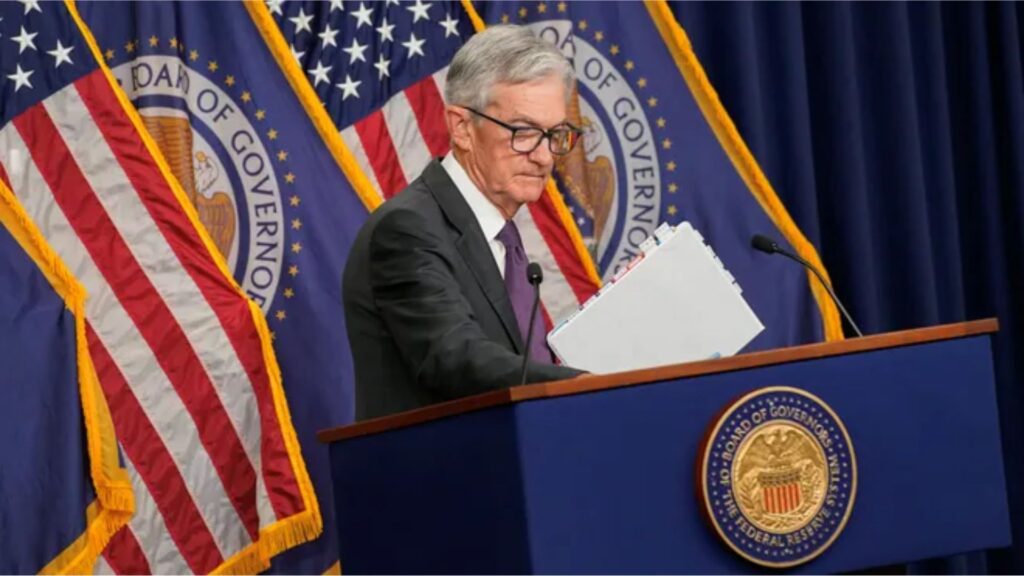
The US Federal Reserve held interest rates unchanged on Wednesday, maintaining a cautious stance amid persistent inflation concerns linked to the economic effects of proposed tariff increases. While the central bank still expects to reduce borrowing costs later this year, it has signaled a slower pace of rate cuts in the years ahead.
In its updated economic projections, the Fed forecasted a more challenging outlook for the US economy. Policymakers now expect economic growth to ease to 1.4% in 2025, while the unemployment rate is projected to rise to 4.5% by year-end. Inflation is expected to climb to 3% in 2025—significantly above the current level—as trade-related price pressures take hold.
Despite these headwinds, Fed officials reaffirmed plans to cut interest rates by half a percentage point in 2025, aligning with projections made earlier in March and December. However, future rate reductions are now expected to proceed more gradually, with just one quarter-point cut anticipated in both 2026 and 2027.
The revised outlook reflects a prolonged effort to bring inflation back to the central bank’s 2% target. Under the new forecasts, inflation is projected to remain elevated at 2.4% through 2026 before easing to 2.1% in 2027, with unemployment staying largely stable in the longer term.
The Fed’s shift in tone comes as policymakers weigh the inflationary risks stemming from former President Donald Trump’s proposed tariff measures, which analysts say could put upward pressure on prices and complicate the central bank’s path to price stability.
While the Fed did not provide a specific timeline for the initial rate cut, markets will be closely watching upcoming inflation data and economic indicators for further clues on the timing and magnitude of policy easing.
The decision to hold rates steady was widely expected, but the slower trajectory of cuts highlights the central bank’s cautious approach amid evolving economic uncertainties.






